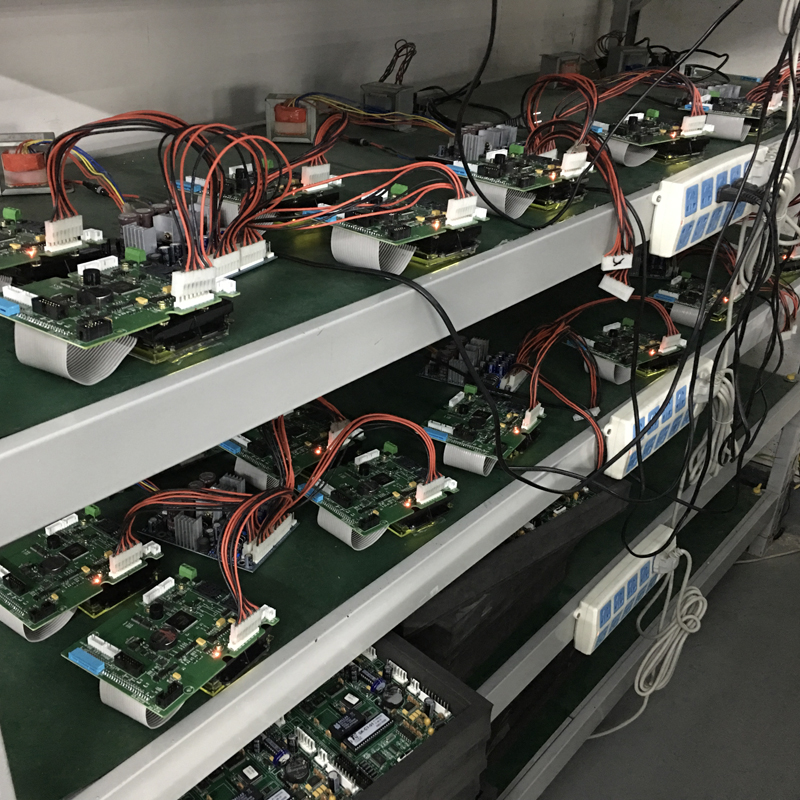
Rigid circuit board and flexible circuit board. Rigid circuit boards, characterized by their stable structure and cost-effectiveness, are the backbone of traditional electronic devices, while flexible circuit boards, with their highly flexible, lightweight and portable characteristics, are leading the trend of wearable technology and innovative products. This article will deeply compare the advantages and disadvantages of the two, and analyze the supplier's perspective to help you make wise choices in electronic design. Which side is more suitable for your project, between hard and soft

Sturdy structure: The rigid circuit board is composed of a hard substrate, which has high structural stability and is suitable for applications that require strength and support.
Low cost: Typically, the manufacturing cost of rigid circuit boards is relatively low, making them suitable for large-scale production and projects with limited budgets.
Easy to assemble: Due to its rigid structure, the assembly process is relatively simple, making it easy for large-scale production and automated assembly.
Highly flexible: Flexible circuit boards are made of soft substrates, which can easily adapt to various curved surfaces and complex shapes, providing greater design freedom.
Lightweight and portable: Flexible circuit boards are relatively thin and suitable for scenarios with strict requirements for product weight and thickness, such as wearable devices.
High space utilization: Flexible circuit boards can be flexibly arranged in limited space, maximizing space utilization efficiency.
Restricted space: Due to its rigid characteristics, rigid circuit boards are limited in their ability to bend and adapt to complex spaces, making them unsuitable for narrow or curved scenarios.
Heavy weight: Rigid circuit boards are usually heavy and may not be suitable for applications that require lightweight and portability.
High manufacturing cost: Due to the more complex manufacturing process of flexible circuit boards, the cost is higher compared to rigid circuit boards.
Reliability test: The folding and bending of flexible circuit boards require higher manufacturing techniques, which is different from the high reliability requirements of rigid circuit boards
Rigid circuit boards are applicable at the supplier level for:
Large computer motherboard manufacturers pursue large-scale production and cost-effectiveness.
Industrial equipment manufacturers focus on the structural stability and high strength of their products.
Flexible circuit boards are applicable at the supplier level for:
Wearable device manufacturers pursue lightweight, flexible, and highly customized circuit boards.
Innovative electronic product manufacturers require small batch production and flexibility.
WeChat
Scan the QR Code with WeChat